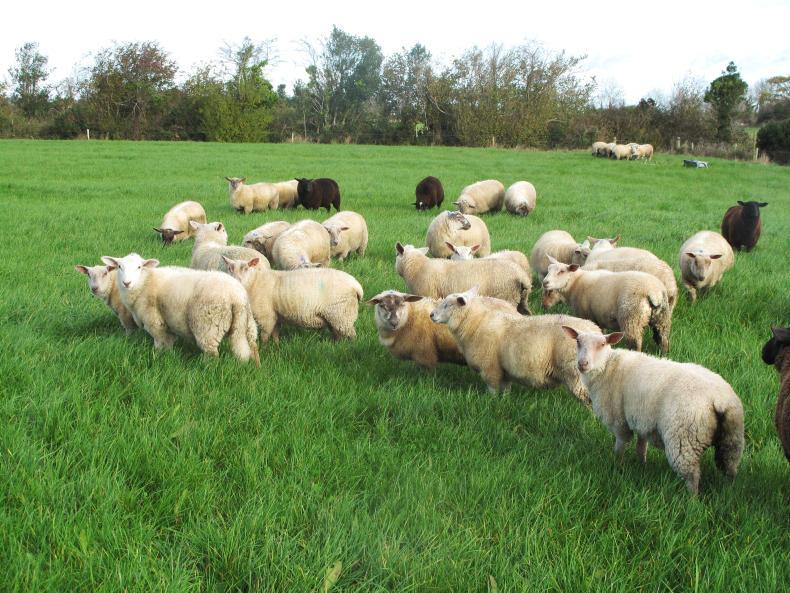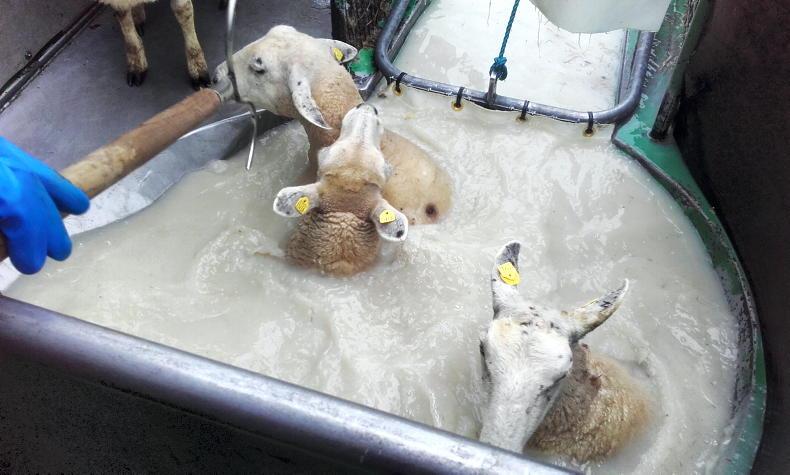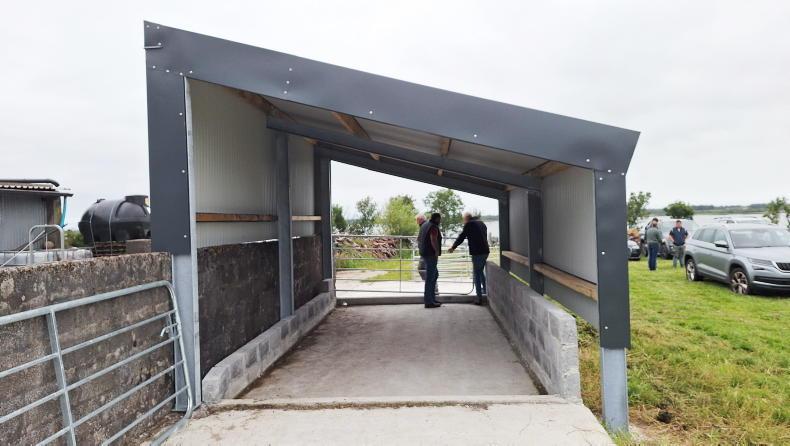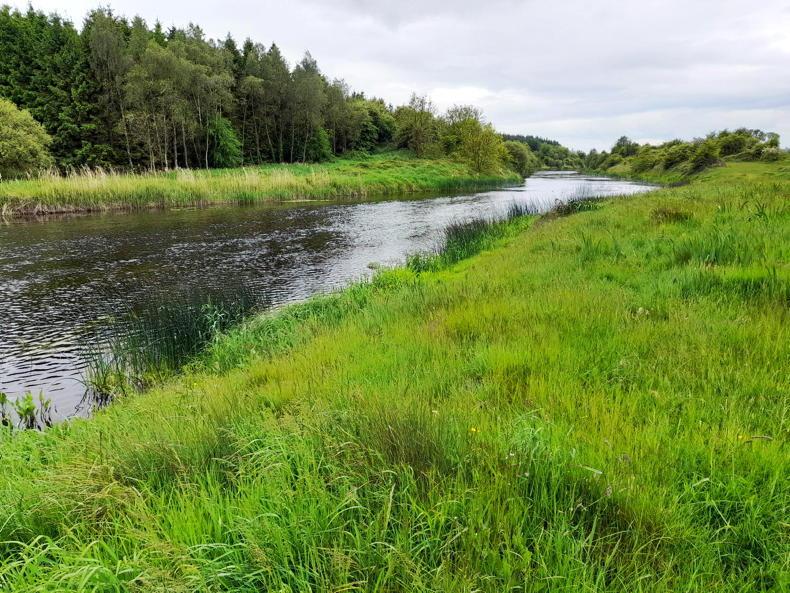Fertiliser application
Saturday 14 September is the final day of the year for applying chemical fertiliser with the exception of potash. For most highly stocked farms the recommendation is to apply 20 to 30 units of nitrogen in the final application while lowly stocked farms will still benefit from an application of 10 to 15 units of nitrogen.
This of course will also depend on current grass supplies and grazing demand.
Potash can be applied in theory all year round providing weather is suitable but the best response is achieved by applying in September and October.
Soils which are at Index 1 or Index 2 for potassium (K) should receive a compound fertiliser with a high K content while topping up with straight potash or following up at another date with an application will also deliver a return on investment.
Applying potash in autumn rather than spring will also lower the risk of grass tetany in susceptible stock.
Targeting slurry to low-index soils will also help to address low soil potassium levels, with 1,000 gallons of slurry at 7% dry matter typically containing 38 units of K, five units of P and six units of N. If in doubt, fields used for silage will be hungrier for K, with a good first cut of silage yielding 10t/ac removing as much as 100 units of K per acre or 125kg K/ha.
Condition of hill ewes
Research and on-farm experience has continually shown that addressing body condition and improving the liveweight of Scottish Blackface ewes delivers huge advantages in terms of increasing litter size, reducing barren rates and tightening the lambing spread.
While the response is lower, the same can be said of lowland ewes with adequate condition and nutrition capable of having a major influence on reproductive performance.
Experience from the Teagasc BETTER Farm sheep programme shows a difference in pregnancy rate of over 10% between hill ewes at a condition score of 2 at mating and those at the desired condition score of 3.
It also resulted in a five-day shorter lambing spread, with ewes falling below optimum body condition generally cycling later. For ewes on semi-improved hills experience from the BETTER Farm programme this points to a target liveweight of close to 50kg or higher for good-quality hills while for ewes on harder hills this reduces to in the region of 45kg liveweight. Now is the time to address condition in ewes requiring preferential treatment.
TAMS tranche dates
The current tranche of the Targeted Agricultural Modernisation Scheme (TAMS II) closes for applications on 4 October 2019. This leaves a period of about three weeks for those considering to submit an application.
The timeline is obviously too tight for building investments requiring planning permission but there is adequate time for applications to be submitted for sheep fencing or investments in equipment.
An application in this tranche is realistically required where the hope is to get fencing erected for next year’s grazing season. The following tranche opens on 5 October and remains open until 12 January 2020.
Breeding information
Videos and information on breeding preparations, including carrying out a breeding soundness check on rams and body condition scoring of ewes, can be found here.










SHARING OPTIONS